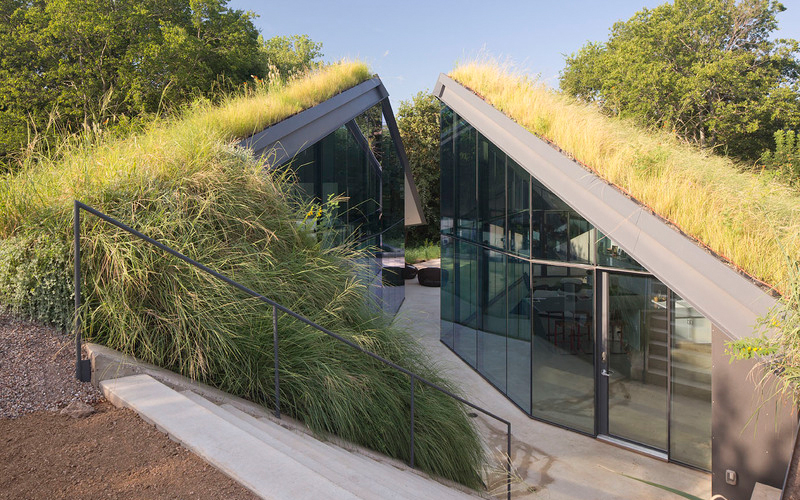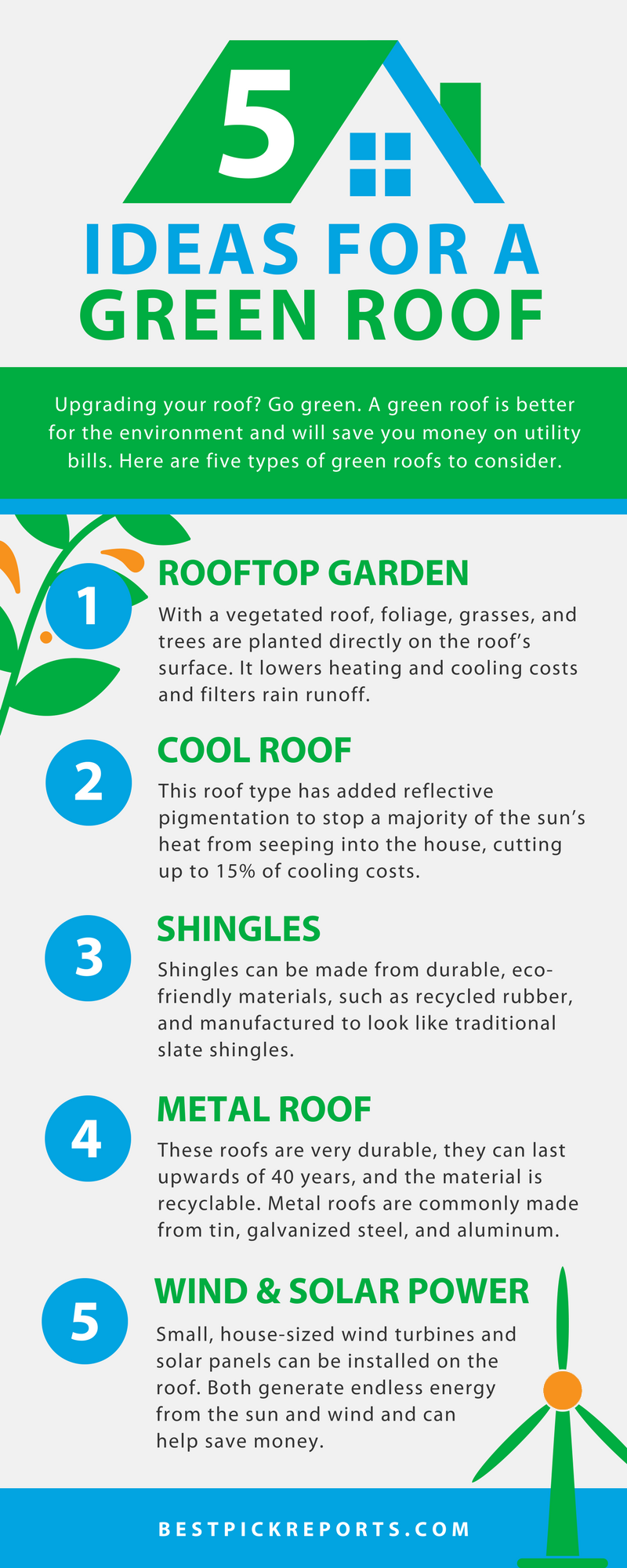The Benefits of Installing a Green Roof

Green roofs, also known as living roofs, are increasingly popular in urban and suburban areas due to their numerous environmental, economic, and social benefits. This article explores the advantages of installing a green roof, supported by data and practical insights.
What is a Green Roof?
A green roof is a layer of vegetation planted over a waterproofing system installed on top of a flat or slightly sloped roof. It typically includes several layers such as a root barrier, drainage system, growing medium, and plants.
Environmental Benefits
| Benefit | Description |
|---|---|
| Improved Air Quality | Plants on green roofs absorb pollutants and carbon dioxide, releasing oxygen back into the air. |
| Stormwater Management | Green roofs retain rainwater, reducing runoff and decreasing the risk of flooding. |
| Urban Heat Island Effect | Vegetation cools the surrounding air, mitigating the heat island effect common in cities. |
| Biodiversity Support | Provides habitat for birds, insects, and other wildlife, enhancing urban biodiversity. |
Economic Benefits
- Energy Efficiency: Green roofs provide insulation, reducing heating and cooling costs by maintaining indoor temperatures.
- Extended Roof Lifespan: The protective layers shield roofing materials from UV rays and extreme weather, prolonging roof life.
- Increased Property Value: Green roofs can enhance aesthetic appeal and marketability of buildings.
Social and Health Benefits
- Improved Mental Health: Access to green spaces has been linked to reduced stress and improved well-being.
- Noise Reduction: Vegetation and soil layers absorb sound, decreasing noise pollution inside buildings.
- Community Spaces: Green roofs can be designed as accessible gardens, fostering community interaction.
Installation Considerations
- Structural Support: Buildings must be assessed to ensure they can support the additional weight of a green roof.
- Maintenance Requirements: Regular upkeep such as watering, weeding, and inspection is necessary to maintain plant health.
- Cost Factors: Initial installation can be costly, but long-term savings and benefits often outweigh upfront expenses.
FAQ
Q1: How long does a green roof last?
A: With proper maintenance, green roofs can last 30 to 50 years, significantly longer than traditional roofs.
Q2: Are green roofs suitable for all climates?
A: While adaptable, plant selection and design must consider local climate conditions for optimal performance.
Q3: Can green roofs help reduce energy bills?
A: Yes, by providing insulation, green roofs reduce the need for heating and cooling, lowering energy costs.
Q4: What types of plants are used on green roofs?
A: Common plants include sedums, grasses, herbs, and wildflowers that are drought-resistant and low-maintenance.
Conclusion
Installing a green roof offers a multifaceted range of benefits, from environmental improvements and economic savings to enhanced social well-being. As urban areas continue to grow, green roofs present a sustainable solution to many challenges faced by modern cities.
Would you like me to help refine the tone or add more technical details about green roof installation?
